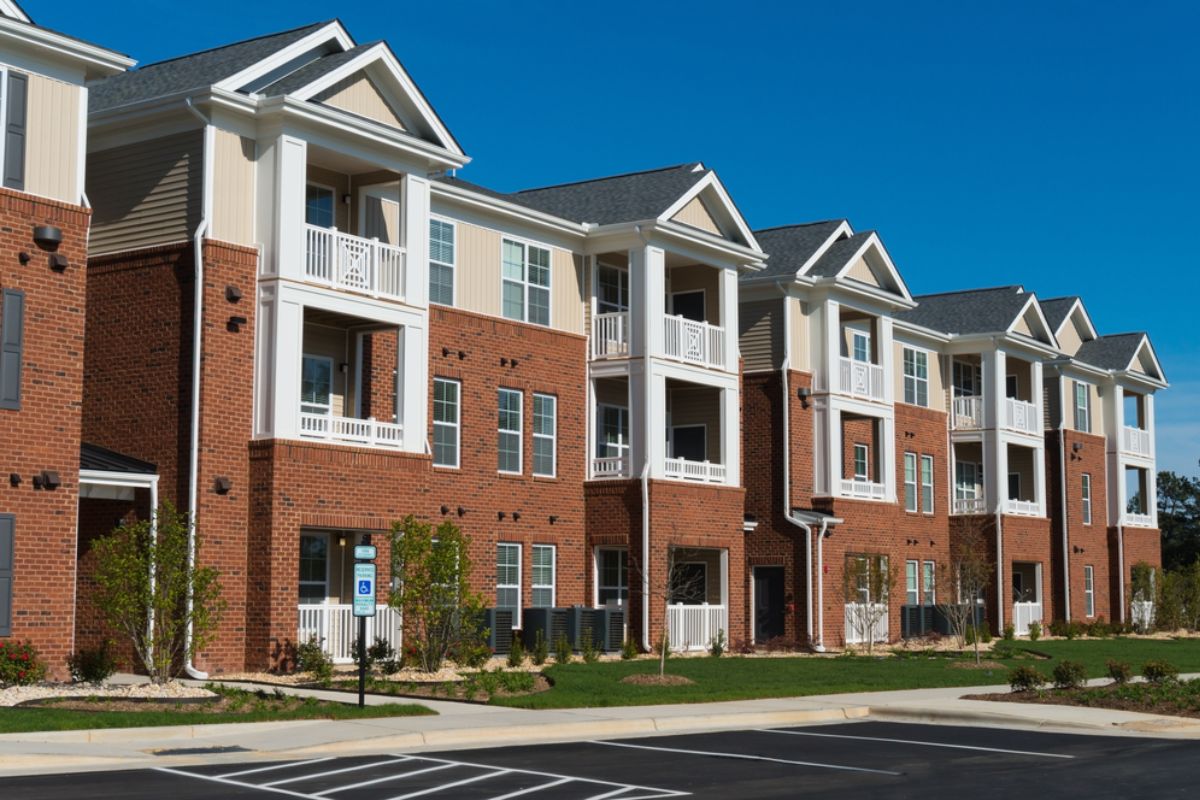There is no definite answer to how long it will take for a rental property to become profitable, as many factors influence the timeline. Through thorough financial analysis and strategic property management, savvy investors work to accelerate their return on investment.
In this article, we will explore how long it takes to profit from rentals.
How Long To Profit From Rentals?
It generally takes several years for a rental property to become profitable, though the exact timeline varies significantly depending on location, purchase price, financing terms, rental rates, and operating expenses.
On average, profitability is reached within 3-5 years under normal market conditions for a rental property purchased in good physical condition. Through minimizing costs and maximizing rental income, however, some investors have achieved positive cash flow in as little as 1-2 years.
Careful market research, financial planning, and hands-on management are the keys to potentially fast-tracking profitability.
Related: Can Landlord Profit From Utilities?
How Does Location Affect Profitability?

A property's location is hugely impactful, with rents and demand varying greatly between areas. High-demand urban areas tend to see quicker profitability due to easy lease-up and higher sustainable rents.
Properties in more stable suburban communities may also become cash flow positive relatively quickly.
Remotely-located rentals or those in unstable areas usually take longer to profitability. Choosing a hot market allows leveraging high rents to offset expenses in the early years.
What Role Does Purchase Price Play?
The higher the purchase price, the more revenue is needed to offset costs each month. More expensive properties in premium locations may command higher rents to reach cash flow sooner.
But a higher price tag also means larger loan payments, extending the break-even point. More affordable properties become profitable relatively quickly if expenses are controlled and rents obtained at or above the 2% rule benchmark.
How Do Financing Terms Impact Returns?
Interest rates and loan amounts dramatically affect return timelines. Low down payment loans mean greater debt loads, slowing profits. But an affordable mortgage allows charging rents adequate for positive monthly cash flow.
Fixed-rate loans offer stability, while adjustable rates require factoring in potential payment increases. Lower rates and terms accelerate returns through lowered debt service. Overall, less expensive, shorter-term financing hastens profitability.
What Role Does Ongoing Maintenance Play?
Maintenance costs fluctuate but averaging $150-350/month per unit is common. Upfront renovations to increase rents can delay profitability initially. However, addressing issues proactively avoids expensive future repairs.
Keeping properties well-maintained supports retaining quality tenants long-term too. Managing expenses minimizes vacancy periods that delay returns. Overall, balancing initial upgrades with ongoing preventative maintenance serves to maximize long-haul cash flow.
How Important Is Efficient Property Management?
Vacancies eliminate rental income temporarily, pushing back profit. Skilled property managers retain tenants through responsive service, quality maintenance programs, and competitive lease terms and incentives. Automating rent collection and service requests also reduces management fees.
Screening tenants carefully prevents occupancies that could damage properties or not pay rent at all. Fewer vacancies and repairs accelerate the time to profits significantly.
How Do Rental Rates Impact Returns?
Rental rates are the largest factor affecting income and profitability timelines. Rents set at or above the "2% rule" benchmark allows paying all expenses from the start.
However, rates also impact vacancy periods— balancing market rates and occupancy ensures constant cash flow more quickly. Strategies like annual rate increases also provide larger cash cushion margins over time to reach ongoing profits sooner.
Conclusion
Through meticulous financial planning, strategic management practices, and productive investment locations, rental property investors can potentially achieve positive cash flow more quickly than traditional three to five year profitability timelines.
However, real estate remains a long-term commitment requiring patients. Carefully evaluating each of the above influential factors allows crafting shrewd plans to make rental profits in the most timely fashion possible.





